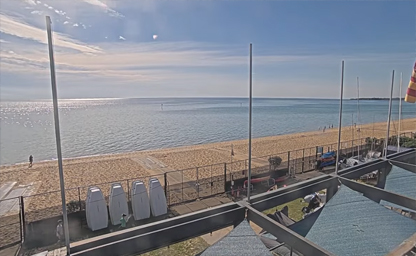
Mount Martha Yacht Club
The view from our tower across the yard and beach to our sailing grounds

The view from our tower across the yard and beach to our sailing grounds
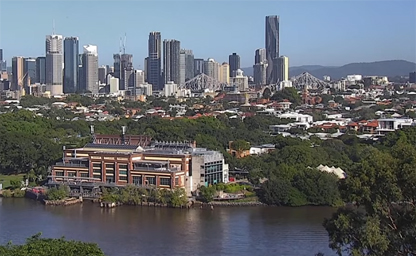
Situated in the inner-eastern Brisbane suburb of Hawthorne

Situated within the City of Bayside local government area
A sweep of almost 180 degrees of the harbour, showing most of the main features
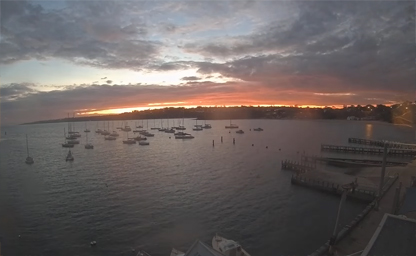
A tourist destination renowned for its bay beaches and wineries
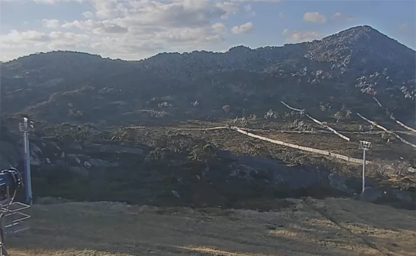
Situated in the Snowy Mountains of New South Wales
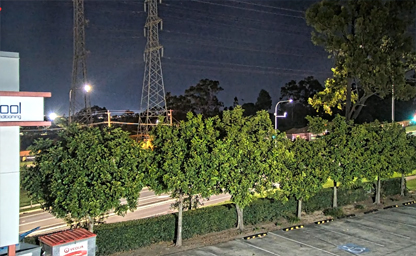
Unit 1/17 Bluestone Circuit is located within the tightly held Metro West industrial estate
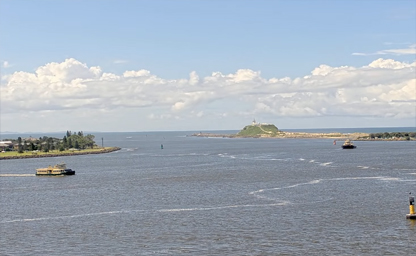
It is made up of facilities located at Port Hunter - Yohaaba in the Hunter River estuary
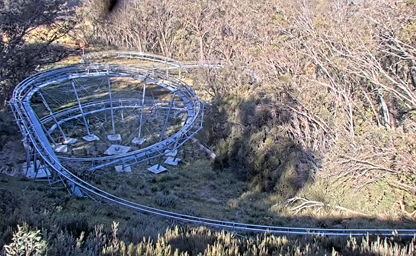
At 1.5km in length, from thrill-seekers to leisure cruisers

The town is known for its stunning beaches
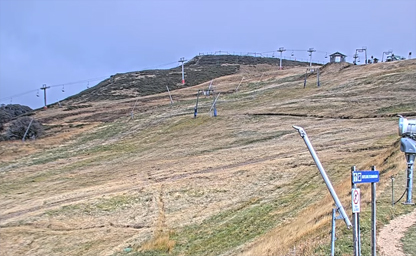
Is close enough for a day’s escape yet far enough away for a holiday
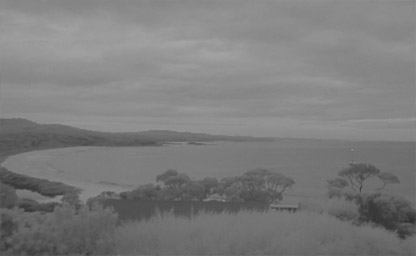
Located in the North-east LGA region of Tasmania
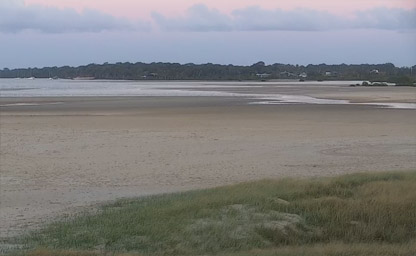
A coastal town and locality in the Bundaberg Region
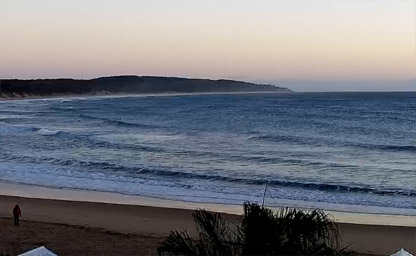
At the Southern end of Australia's Great Barrier Reef

The main swimming beach in Bargara
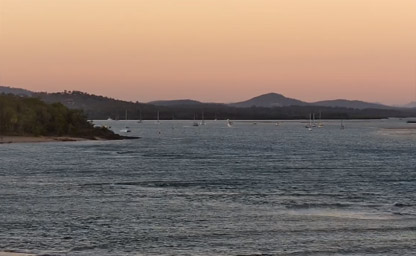
A small seaside resort noted for its pleasant beaches and good fishing
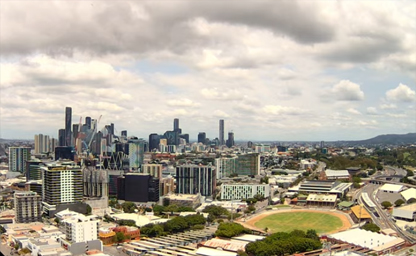
A vibrant suburb on the outskirts of Brisbane's central business district
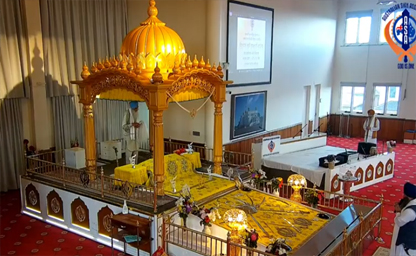
The Sikh Temple Gurdwara Sahib Glenwood in the Sydney suburb of Glenwood

A spectacular golf course on the Great Ocean Road

Views paning Benwell Road to the south and north

It is situated opposite Brighton Beach at 150 Esplanade, overlooking Port Phillip Bay
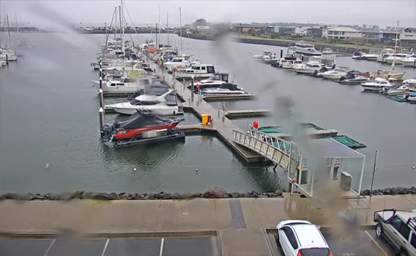
Offering sweeping views of Port Phillip Bay and the Melbourne CBD
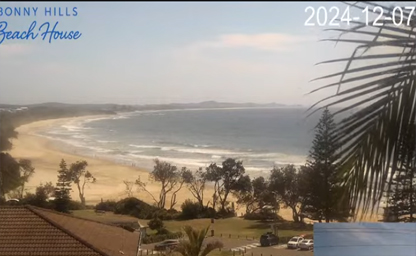
Trends south-southwest for 2.5 kilometres from the dolerite rocks at Middle Rock Point
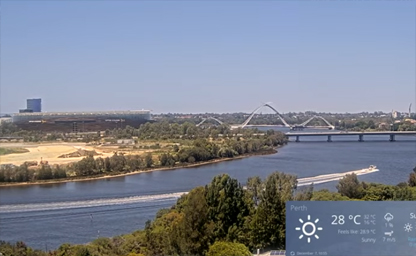
Over the Swan River are displayed Windan Bridge and the pedestrian Matagarup Bridge

The junction point for the Cranbourne, Frankston, Pakenham and Sandringham lines
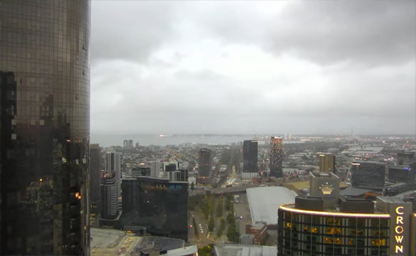
The capital and most populous city of the Australian state of Victoria

One of numerous internal bays in the southwest corner of Australia's Port Phillip

This is the best location in Cairns - great views from every room
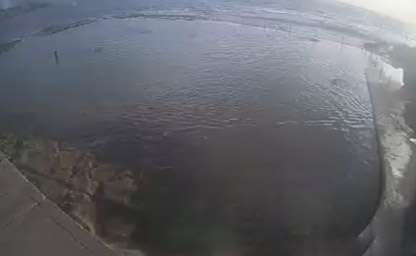
Situated on the coast 15 minutes south east of Sydney's Central Business District
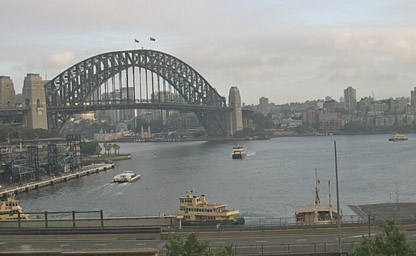
On the rooftop of Sydney's historic Customs House

Situated approximately 220kms south of Perth
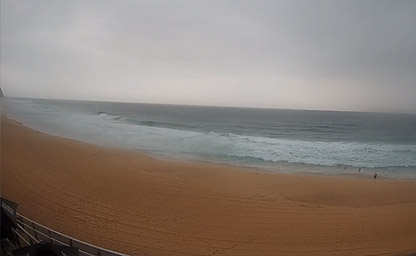
Located on the East Coast of Australia approximately 60 N.M. North of Sydney

View from Falls Creek village from live cam on top of our Penthouse
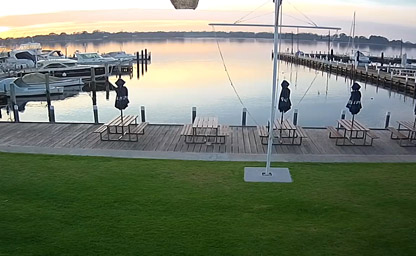
Located on the shores of Bancroft Bay in the heart of Gippsland Lakes
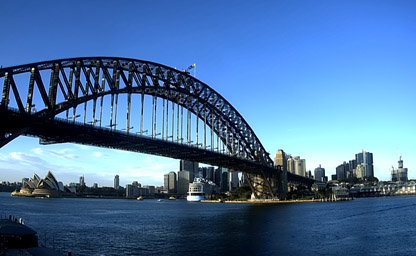
The first of its kind on the Sydney Harbour foreshore
Australia’s streaming webcam landscape offers a fascinating window into the country’s diverse geography and vibrant culture, capturing everything from bustling urban centers to the serene vastness of the outback. Over recent years, advances in streaming technology and internet connectivity have allowed enthusiasts, tourists, and locals alike to experience live views of iconic landmarks, remote beaches, and lively city streets in real time.From the shimmering skyline of Sydney and Melbourne’s cultural hubs to the rugged, windswept terrains of the Red Centre, these webcams not only showcase Australia’s natural beauty but also serve as invaluable tools for weather updates, wildlife observation, and even traffic monitoring. Enthusiasts can witness the dramatic interplay of light over the Great Barrier Reef, monitor the dynamic weather systems along the coastal regions, and explore hidden gems in less-traveled areas, all with just a few clicks. Many of these webcams are maintained by local councils, tourism boards, or private individuals passionate about sharing the daily rhythms of their communities.
Their streams have grown increasingly popular among virtual tourists, educators, and environmental researchers, who rely on high-resolution, uninterrupted feeds to better understand regional climates and seasonal changes. Additionally, the rise of mobile streaming platforms has further democratized access, enabling viewers from around the globe to witness Australia’s multifaceted landscapes in real time. As these technologies continue to evolve, they promise even more interactive experiences, such as multi-angle viewing options, augmented reality overlays, and integration with social media platforms, ensuring that anyone with an internet connection can embark on a digital journey across Australia’s iconic vistas.Whether you’re planning a future trip, studying ecological patterns, or simply enjoying the daily spectacle of sunrises and sunsets over Australia’s varied terrain, streaming webcams have transformed the way we experience this vast continent. With ongoing investments in infrastructure and a growing community of content creators and tech innovators, the future of live streaming in Australia looks as dynamic and expansive as the country itself.
Australia’s history is a sweeping saga of ancient indigenous cultures, European exploration, and modern nation-building that offers travelers a rich tapestry of experiences and insights. Aboriginal and Torres Strait Islander peoples have inhabited this vast continent for more than 60,000 years, developing unique cultural traditions, dreamtime stories, and complex social structures that continue to influence Australia’s identity. Visitors intrigued by “Aboriginal culture Australia” and “ancient Australia history” will find that the rock art of Kakadu National Park, the songlines that crisscross the outback, and the spiritual heritage of Uluru provide a fascinating glimpse into one of the world’s oldest continuous cultures.
Before the arrival of Europeans, the land was shaped by countless generations of indigenous stewardship. The Dreamtime, a term that encompasses the mythological time when ancestral beings created the world, is integral to understanding the indigenous perspective on nature, spirituality, and community. This spiritual and cultural framework is a key theme in cultural tours and is often highlighted in searches for “Australian Dreamtime” and “Aboriginal heritage tours.”
The dramatic turning point in Australia’s history came in the 17th century when European explorers first set eyes on the continent. Dutch navigator Willem Janszoon is credited with the initial European landing in 1606, marking the beginning of a complex relationship between the indigenous populations and European settlers. Despite early contacts, it was not until the arrival of Captain James Cook in 1770 that Australia was claimed for Great Britain. Cook’s expedition, which charted the eastern coast and recorded extensive observations about the land and its peoples, laid the groundwork for future colonization. Keywords like “Captain Cook Australia” and “British colonization Australia” are common among travelers interested in this pivotal era.
Following Cook’s claim, the arrival of the First Fleet in 1788 marked the start of British penal colonies on Australian soil. The establishment of the colony at Port Jackson, now modern-day Sydney, initiated a period of dramatic social and environmental change. Penal transportation brought convicts, free settlers, and, eventually, waves of immigrants from various parts of Europe. This period is central to Australia’s national narrative and is frequently explored in historical tours and heritage sites, with search terms like “Sydney history,” “First Fleet Australia,” and “colonial Australia” being widely popular.
The colonial era was characterized by rapid expansion, frontier conflicts, and significant cultural exchanges. As European settlers pushed inland, clashes with indigenous populations became more frequent, leading to profound consequences for the native peoples. These turbulent interactions are now critically examined in museums and cultural centers dedicated to preserving indigenous history, and terms like “frontier conflicts Australia” and “Aboriginal resistance” are often featured in academic and travel literature. Despite the hardships, the resilience of the indigenous communities has become a celebrated aspect of Australia’s modern identity, one that is honored through cultural festivals and reconciliation initiatives.
The 19th century witnessed the emergence of Australia as a land of opportunity and adventure. The discovery of gold in the 1850s sparked a massive influx of prospectors from around the world, transforming the social fabric of cities like Melbourne and Ballarat. This gold rush era is a cornerstone of Australian folklore and has left a lasting impact on the nation’s economy, infrastructure, and multicultural demographics. Travelers looking for “Australian gold rush history” or “historic goldfields Australia” are drawn to the preserved mining towns and museums that tell the riveting story of ambition, wealth, and hardship during this transformative period.
Industrialization and the gradual move towards self-governance shaped Australia’s political landscape in the late 19th and early 20th centuries. The federation of the six colonies into the Commonwealth of Australia in 1901 marked the birth of a modern nation, united by a shared identity and distinct from its British colonial past. The evolution of Australia’s political system, its struggles with economic depression, and its eventual rise as a major player in global affairs have become subjects of interest for both historians and casual travelers. Search queries like “Australian federation history” and “early 20th century Australia” frequently appear in travel blogs and academic texts alike.
The tumultuous events of the 20th century, including both World Wars, further influenced Australia’s development. Australian forces played significant roles in global conflicts, and the sacrifices made during these wars have been memorialized in numerous monuments and war memorials across the country. The Anzac spirit, born from the Gallipoli campaign, remains a powerful symbol of national pride and resilience. Keywords such as “ANZAC history” and “Gallipoli campaign Australia” continue to resonate with visitors, particularly around Anzac Day, when remembrance ceremonies attract both locals and tourists.
Post-war Australia experienced a wave of immigration that transformed its cultural and social landscape. Immigrants from Europe, Asia, and other regions contributed to the multicultural fabric that defines modern Australia. This period of transformation is reflected in Australia’s diverse culinary scene, vibrant festivals, and the cosmopolitan nature of its major cities like Sydney, Melbourne, and Brisbane. Travelers searching for “multicultural Australia” and “immigration history Australia” are often captivated by the stories of how diverse communities came together to create a dynamic society.
Today, Australia’s history is celebrated and preserved through numerous heritage sites, museums, and cultural festivals. Historic landmarks such as the Sydney Opera House, Port Arthur Historic Site, and the rock formations of Uluru offer visitors tangible connections to the past. These sites not only serve as popular tourist destinations but also as educational hubs that tell the rich and varied story of Australia. With keywords like “historic Australia tours,” “Sydney Opera House history,” and “Uluru significance,” modern travelers can immerse themselves in the nation’s extraordinary historical journey.
The integration of ancient traditions, colonial legacies, and modern achievements has created a uniquely Australian narrative that continues to evolve. From the indigenous dreamtime stories to the stories of exploration, rebellion, and renewal, every corner of Australia offers a glimpse into its layered past. The spirit of innovation and adaptation that has characterized the country for millennia is evident in its art, literature, and cultural practices, making Australia a living museum of history and a dynamic destination for cultural tourism.
Australia’s climate is as diverse and expansive as the continent itself, offering a range of weather experiences that appeal to every type of traveler. From the tropical rainforests of Queensland to the arid deserts of the Outback, Australia boasts a climatic variety that is frequently highlighted in search queries such as “Australia weather,” “best time to visit Australia,” and “Australian climate zones.” This diversity allows visitors to tailor their travel experiences according to their preferences for adventure, relaxation, or cultural exploration.
In the tropical north, regions like Darwin and Cairns experience a monsoonal climate with distinct wet and dry seasons. The wet season, which lasts from November to April, brings heavy rainfall, lush vegetation, and vibrant natural phenomena such as the spectacular waterfalls in Kakadu National Park. Conversely, the dry season offers clear skies and comfortable temperatures, making it an ideal time for exploring the Great Barrier Reef and engaging in outdoor activities like snorkeling, diving, and wildlife watching. Travelers often search for “tropical Australia vacations” and “Great Barrier Reef weather” to plan their trips around these optimal conditions.
Central Australia, including the iconic Outback, presents a stark contrast with its arid climate characterized by scorching summers and cool winters. Temperatures in the Outback can soar above 40°C (104°F) during the day in summer, while nights can be surprisingly chilly. This dramatic diurnal temperature variation is a key feature of Australia’s desert regions and is frequently mentioned in search terms like “Outback travel tips” and “desert adventures Australia.” The extreme climate of the Outback adds to its allure, offering travelers the chance to witness dramatic landscapes, star-filled skies, and unique geological formations that have been shaped by the forces of nature over millennia.
The southern regions of Australia, including cities like Melbourne and Adelaide, enjoy a temperate climate with four distinct seasons. Summers are warm and can occasionally be hot, while winters are mild with occasional cold snaps and rain. Melbourne’s unpredictable weather, often summarized by the phrase “four seasons in one day,” is a well-known characteristic that adds a touch of excitement to the city’s vibrant cultural scene. Visitors planning a trip to southern Australia frequently look up “Melbourne weather” and “Adelaide climate,” ensuring they are well-prepared for the variable conditions.
Western Australia, with its vast expanse and varied topography, offers yet another climatic experience. The region’s capital, Perth, enjoys a Mediterranean climate with hot, dry summers and mild, wet winters. The coastal areas of Western Australia, such as the famous Margaret River region, benefit from a climate that supports both world-class wine production and an abundance of outdoor recreational activities. Keywords like “Perth weather” and “Margaret River tours” are common as travelers seek to combine culinary delights with scenic landscapes.
One of the most appealing aspects of Australia’s climate is its generally high number of sunny days. Many parts of the country, particularly in the interior and along the coasts, boast more than 300 days of sunshine per year, which makes Australia an attractive destination for sun-seekers and outdoor enthusiasts. Whether it is lounging on the pristine beaches of the Gold Coast or embarking on a road trip across the Red Centre, the promise of abundant sunshine is a recurring theme in popular travel searches such as “sunny Australia” and “best beach weather Australia.”
Despite the vast differences in climate across the continent, Australia’s weather patterns are predictable enough to allow travelers to plan their adventures with confidence. Seasonal variations, such as the mild autumns and springs in southern cities, create ideal conditions for sightseeing, cultural festivals, and outdoor sports. Moreover, Australia’s climatic diversity supports an incredibly rich biodiversity, from the coral reefs of the north to the temperate forests of Tasmania, making the nation a top choice for eco-tourism and nature exploration. Searches like “Australia wildlife tours” and “national parks Australia” often highlight the interplay between climate and natural beauty across the country.
The geography of Australia is a vast canvas that spans rugged coastlines, expansive deserts, lush rainforests, and towering mountain ranges, offering travelers an endless array of landscapes to explore. As the world’s smallest continent and largest island, Australia is renowned for its dramatic natural beauty and geographical diversity. Whether you are searching for “Australia geography,” “Outback adventures,” or “Great Barrier Reef diving,” the continent’s varied terrain provides an ideal backdrop for any adventure.
One of Australia’s most iconic geographical features is the Great Barrier Reef, the largest coral reef system in the world. Stretching over 2,300 kilometers (1,400 miles) along the northeastern coast, the reef is a living masterpiece of marine biodiversity, attracting millions of visitors each year. Snorkelers, divers, and marine enthusiasts flock to the reef to witness its kaleidoscopic underwater landscapes, where vibrant coral formations and a dazzling array of marine life create a surreal underwater paradise. Popular search terms such as “Great Barrier Reef tours” and “Australia diving spots” are a testament to its global appeal.
In stark contrast to the coastal splendor lies the rugged expanse of the Australian Outback. This vast, arid region dominates the interior of the continent, characterized by red rock formations, vast deserts, and a seemingly endless horizon. The Outback is home to natural wonders such as Uluru (Ayers Rock), Kata Tjuta (the Olgas), and the striking MacDonnell Ranges. Travelers captivated by “Outback road trips” and “Uluru tours” will find that the unique geology and stark beauty of the desert offer a humbling experience that is both raw and majestic.
Australia’s diverse geography also includes lush temperate forests, which are particularly prominent along the southeastern coast and in Tasmania. These regions are characterized by dense woodlands, rolling hills, and pristine rivers that create an idyllic setting for hiking, camping, and wildlife spotting. National parks such as the Blue Mountains near Sydney and the Grampians in Victoria attract visitors with their stunning vistas, ancient rock formations, and rich cultural heritage. Keywords like “Australia national parks” and “hiking in Australia” are frequently used by nature enthusiasts planning outdoor adventures.
The continent is also defined by its impressive mountain ranges. The Australian Alps, which extend across southeastern Australia, are a haven for winter sports enthusiasts and summer hikers alike. This rugged terrain, often covered in snow during the winter months, offers world-class skiing, snowboarding, and alpine trekking opportunities. Popular search queries like “Australian Alps skiing” and “mountain resorts Australia” reveal a thriving interest in the highland areas, where adventure and natural beauty converge.
Coastal landscapes form another integral part of Australia’s geographical identity. The nation is bordered by some of the world’s most celebrated beaches, from the golden sands of Bondi Beach in Sydney to the surfer-friendly waves of Bells Beach in Victoria. The long coastline provides a wealth of recreational opportunities, including surfing, boating, and coastal hiking. With search-friendly terms such as “Australia beach holidays,” “surfing in Australia,” and “coastal drives Australia,” visitors are consistently drawn to the country’s seaside allure.
The geography of Australia is further enriched by its inland waterways. The mighty Murray-Darling Basin, one of the largest river systems in the world, crisscrosses the continent and supports an extensive network of ecosystems. This fertile region is vital for agriculture, supporting vast orchards, vineyards, and farmlands that contribute to Australia’s reputation as a top food and wine destination. Terms like “Australia wine tours” and “Murray River cruises” often appear in travel itineraries that seek to combine scenic beauty with gastronomic pleasures.
Urban geography also plays a significant role in the Australian experience. Major cities like Sydney, Melbourne, and Brisbane are renowned not only for their vibrant cultural scenes and economic opportunities but also for their striking juxtaposition of modern architecture against natural landscapes. Sydney’s iconic Harbour Bridge and Opera House, for instance, are seamlessly integrated into a setting that includes bustling waterfronts and sprawling parks. Searches for “Sydney city tours” and “Melbourne attractions” frequently emphasize how urban life in Australia is enriched by its natural surroundings.
Beyond the well-trodden tourist paths, Australia offers countless off-the-beaten-track destinations that reveal the continent’s raw, untouched beauty. Remote regions such as the Kimberley in Western Australia, the tropical rainforests of Queensland’s Daintree, and the rugged highlands of Tasmania provide travelers with the opportunity to experience nature in its most pristine form. Keywords like “hidden gems Australia,” “remote Australia tours,” and “eco-adventures Australia” guide intrepid explorers to these secluded locales where nature remains largely undisturbed.
The interplay of Australia’s varied geography and its diverse climate zones creates a landscape of endless discovery. Each region, whether it be the sun-drenched beaches, the arid Outback, or the verdant highlands, contributes to the nation’s reputation as a top destination for travelers seeking natural beauty, adventure, and cultural enrichment. The physical diversity of the land supports a rich array of flora and fauna, many of which are found nowhere else on Earth, further cementing Australia’s status as a unique ecological wonderland. Searches such as “Australia wildlife,” “endemic species Australia,” and “biodiversity hotspots Australia” highlight the continent’s ecological importance and its appeal to nature lovers worldwide.
New Tip: For a truly unforgettable experience in Australia, plan a multi-destination road trip that takes you from the vibrant coastal cities to the heart of the Outback, ensuring you capture the full spectrum of natural wonders and cultural treasures that define this incredible continent.
Interesting Fact: Australia is home to over 80% of the world’s marsupial species, including the iconic kangaroo and koala, making it a biodiversity hotspot that offers unique opportunities for wildlife encounters and eco-tourism experiences.